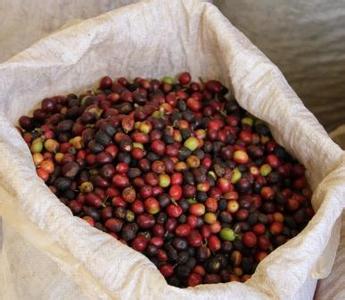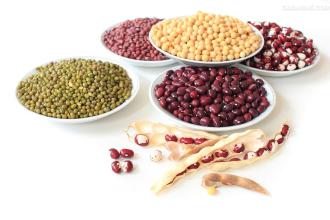How to adjust the thickness of the manual bean grinder-How much is the appropriate thickness of the bean grinder
How to adjust the thickness of the manual bean grinder? how much is the appropriate thickness of the bean mill?
First, unscrew the top nut and remove the handle.
Second, you can see a nut that can rotate up and down. This is the principle of adjusting the thickness and "thick and thin". Adjust it several times and adjust it to the best condition.
Third, the fixed long piece, with the nut stuck, play a fixed role, and finally the handle, on the nut to be fixed. That's all right.
When grinding the particles for espresso, you can grind the ground coffee again, but if you want to grind it into the ultra-fine extra of Turkish coffee, it is better to use a special grinder for Turkish coffee or an electric grinder.
Thickness adjustment screw, check retaining ring, A-shaped thickness adjustment screw, handle and main fixing screw. According to different types, some machines need to separate and disassemble the above parts in order to adjust the thickness adjustment screws, and then reassemble them for use, and there are also machines that can directly adjust the thickness adjustment screws. If you rotate the thickness adjustment screw clockwise, you can grind a finer coffee, and if you rotate counterclockwise, you can grind a thicker particle.
There are many other factors that affect the degree of grinding, including the roasting degree of coffee beans (although coffee beans used by Espresso should use a deeper roasting degree, but sometimes different roasting degrees may be used to roast formula beans for richer taste), blended recipes, and so on. All of the above are the most common and can be mastered by baristas. The previous sections are all about the adjustment of the basic factors in the production process in order to meet that taste standard on the premise of understanding the good taste of Espresso (see the taste of Espresso). There are many places in the world of Espresso that we don't fully understand, and we would like to explore this wonderful world of coffee with you.

Important Notice :
前街咖啡 FrontStreet Coffee has moved to new addredd:
FrontStreet Coffee Address: 315,Donghua East Road,GuangZhou
Tel:020 38364473
- Prev

How to make coffee in a mocha pot-how to make coffee in a coffee maker
How to make coffee in a mocha pot-how to make coffee with a coffee machine 1, water level: use warm water, the water level is 0.5 cm under the safety valve. The safety valve will automatically relieve pressure when the lower pot pressure is too high, in order to prevent safety accidents. If the water level is higher than the safety valve, the function of the safety valve can not play normally. 2. Coffee powder: coffee powder is of medium and fine size, filled with powder trough and filled with powder.
- Next

Delong coffee machine cleaning steps extractor cleaning indicator
Delong coffee machine cleaning steps extractor cleaning indicator first in the water tank to add water, water dissolved acetic acid solvent, and then adjust its function for water, and then remove the filter, the outflow of water access container, which is cleaning the coffee pipe, and then the remaining water Let him stay in the water tank for a period of time with clean water. Of course, for the coffee grounds storage box to be carried out
Related
- What is the Philharmonic pressure? How to use Philharmonic pressure to make delicious coffee
- Why does a hand grinder have more fine powder than an electric grinder?
- In addition to the hot mom, what is the difference between the versions of EK43 | ditting and Mahdi ek43?
- What kind of equipment do you need to make coffee by hand? Introduction to novice starter cooking equipment tools
- Espresso needs to be ground how thick and thin scale entry Italian Coffee Machine Bean Grinder investigation and Grinding course
- How much does it cost to open a small private cafe? How much does it cost to learn coffee? How to operate it?
- The difference between the flavor characteristics of hand-brewed coffee and coffee maker is hand-brewed coffee really better than coffee maker? Can I use a coffee machine to make coffee beans by hand?
- The difference between 01 and 02 of hario v60 filter cup what is the difference between 01 and 02 filter cup opening and cooking flavor
- What's the difference between the smart cup and the French kettle? Which is better, the French kettle or the Smart Cup?
- What's the difference between a smart cup and a V60 filter cup? The difference between the taste of smart cup and hand-brewed coffee

